AR Design: An Innovative Approach to Modeling
With so many technologies hyping up, the world is on the road of alteration. One such technology that will be the one of the root cause of changing...
3 min read
Sales : Nov 22, 2017 12:00:00 AM
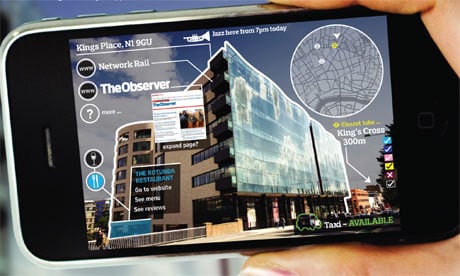
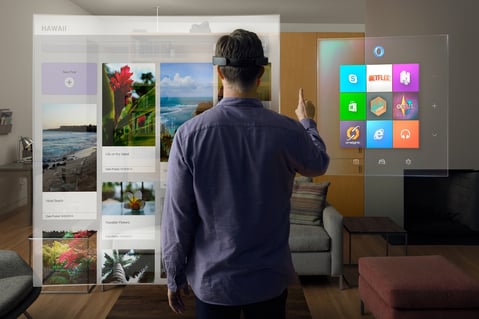
Augmented Reality (AR) refers to deploying virtual image over real-world objects. The overlay is executed simultaneously with the input received from a camera or another input device like smart glasses. This superimposition of virtual images over real-world objects creates an illusion that can effectively engage users in a virtual world.
By June 2017, 336 startups based on Augmented Reality have been listed on Angelist and its user base is expected to grow up to 1 billion by 2020. (Source)
With the growing traction towards Augmented Reality technology business leaders are exploring innovative ways to harness its potential. There are many successful AR apps and use cases in business and new innovations are happening rapidly in this space. But to leverage any modern technology it is crucial to understand its fundamentals and working. Since AR is an evolving technology, exploring the online knowledge base can help you fully understand its potential and uses. This will help you think of creative ways to leverage it, avoid mistakes and gain a competitive edge in the market. In this blog, we will understand how AR works and the fundamentals of the augmented reality technology.
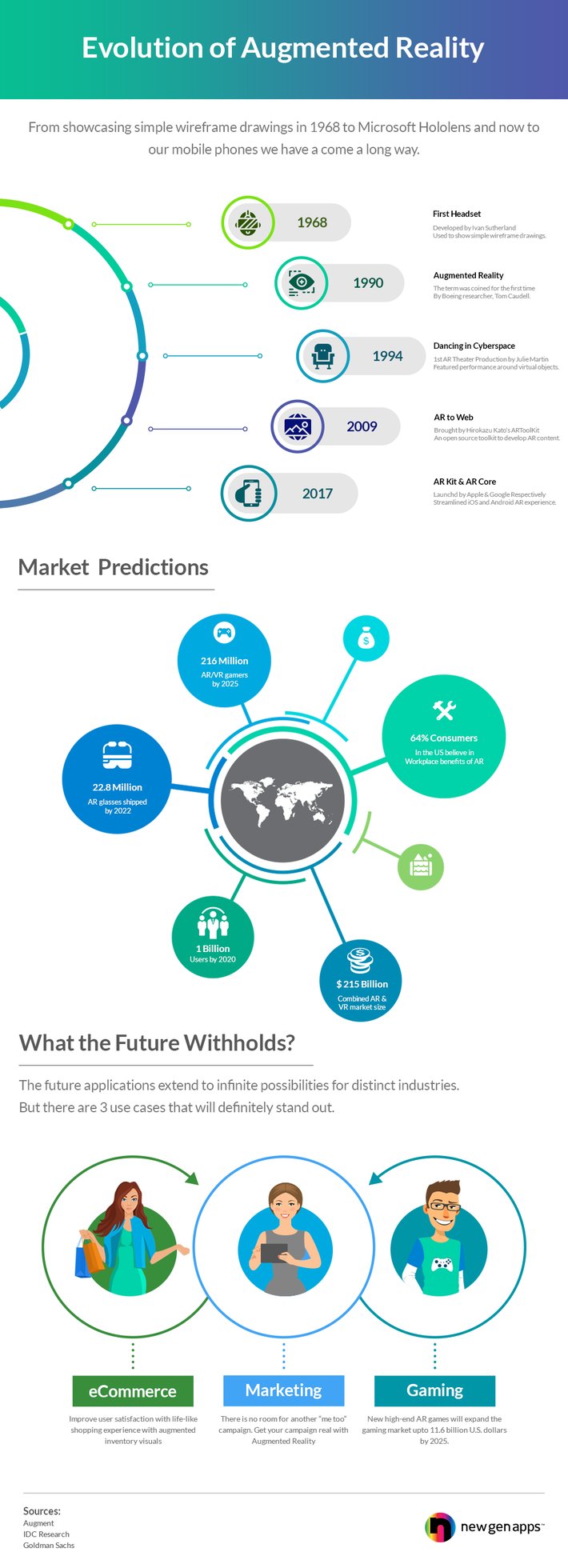 If you use this image then please credit the source - NewGenApps
If you use this image then please credit the source - NewGenApps
Understand the Augmented Reality technology in depth. Know the latest trends and innovations by downloading our free eBook:
The Augmented Reality technology can work using one of the following three approaches:
SLAM (Simultaneous Localization and Mapping) is the most effective way to render virtual images over real-world objects. SLAM simultaneously localizes sensors with respect to their surroundings, while at the same time mapping the structure of the environment.
SLAM is an approach to solve complex AR simulation problems and is not any specific algorithm or software. The SLAM system is, in fact, a set of algorithms aimed at solving simultaneous localization and mapping problem. This can be done in multiple ways and now every augmented reality development kit has its upon to providing SLAM functionality.
Read More: 5 Innovations Shaping the Future of Augmented Reality
Recognition (or marker) based augmented reality uses a camera to identify visual markers or objects, such as a QR/2D code or natural feature tracking (NFT) markers, to showcase an overlay only when the marker is sensed by the device. Marker-based AR technology depends upon device camera to distinguish a marker from other real-world objects.
Not only the marker image but the position and orientation can also be calculated. Once recognized the marker on screen is replaced with a virtual 3D version of the corresponding object. This is done to permit the user to observe the object in more detail and from various angles. Rotating the marker would rotate the virtual replication as well.
Read More: 5 Ways to Use AR in Retail
Contrary to recognition based, location-based AR relies on a GPS, digital compass, velocity meter, or accelerometer to provide data about the location and the augmented reality visualizations are activated based on these inputs. It is also known as markerless augmented reality. The location detection features in smartphones make it easy to leverage this type of augmented reality technology, making it quite popular. Some common uses of location-based AR include mapping directions, finding nearby services, and other location-centric mobile apps.
Read More: Uses of Augmented Reality in Education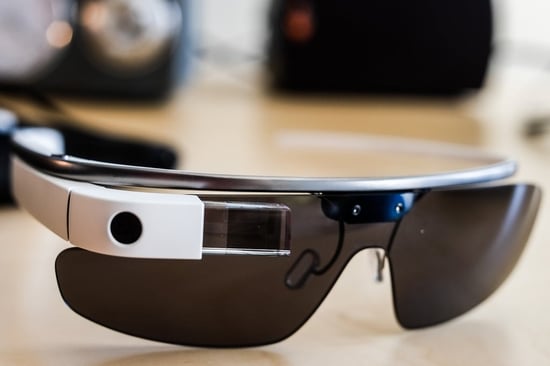
In case of mobile devices like smartphones and tablets, augmented reality technology can be used either through location services or camera or a combination of both. The viewer can see the input from the camera being modified on the screen. There are many location-based apps available for Android and iOS platform.
PC and connected TV players support Augmented Reality by relaying the virtual objects over the input from a webcam. Since it a hectic process to manipulate a tracker in front of your screen there aren’t many applications of AR on PCs or smart TVs.
Head-mounted displays, glasses, and lenses (yeah, we have it coming!) also support the Augmented Reality technology by making it an integral part of your entire field of view. This gives a more life-like AR experience giving a much broader scope of applications. For instance, there is an AR helmet that can give you life-like augmented reality experience while driving. This means you can get information about directions, speed, etc. without the need to look at the speedometer or mobile phone.
With the launch of ARKit by Apple and ARCore by Google in 2017 (this year) the complications involved in building augmented reality apps have significantly reduced. At the same time, the possible number of applications of AR and the user base has increased since Android and Apple combined, cover almost all the smartphone users in the world. Now that the potential market size and backend technology has evolved, existing businesses, as well as startups both, have ample opportunities in this area. It depends on you that whether you choose to leverage its first or let your competitors take an upper hand.
If you are looking for mobile developers who can shape your efforts towards augmented reality app development then feel to connect with us. With over 10 years of experience in the mobile apps industry, we have developed deep expertise in this area. Contact us today for a consultation or project discussion.
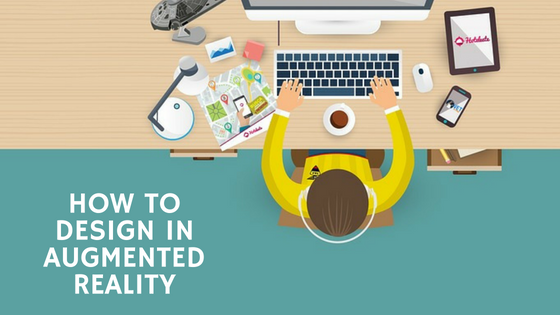
With so many technologies hyping up, the world is on the road of alteration. One such technology that will be the one of the root cause of changing...